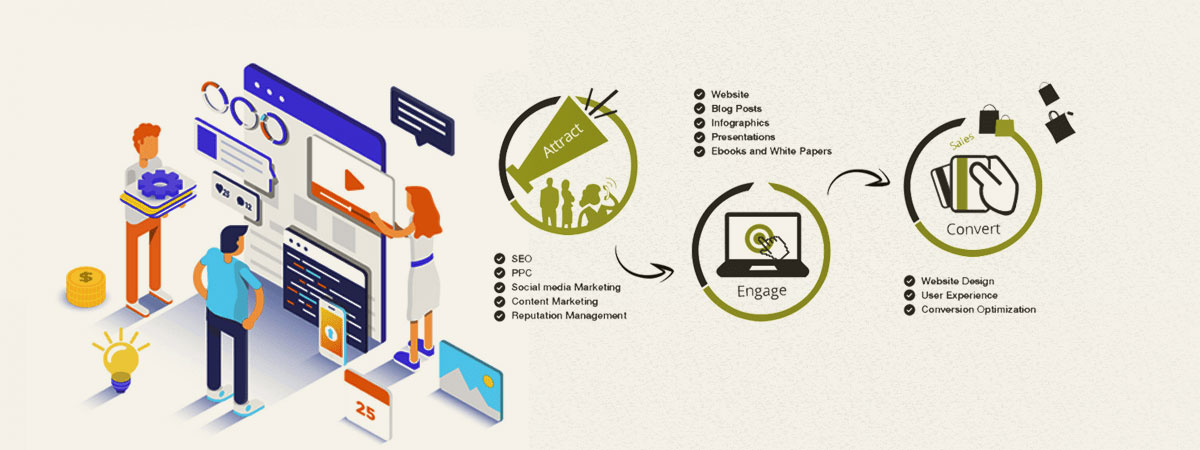Fundamental Elements Of Web Design: Guidelines For Developing A User-Centric Website
Fundamental Elements Of Web Design: Guidelines For Developing A User-Centric Website
Blog Article
Written By-Abildtrup Bak
When it concerns web site layout, making sure user-friendliness is crucial. From responsive design to streamlined navigation, every element plays an essential duty in creating a website that accommodates your audience's demands. Yet what about the finer details that can make or damage a user's searching experience? Remain tuned as we reveal some often-overlooked tips that can elevate your site's functionality to the following degree, making it genuinely stand apart in the electronic landscape.
Significance of Responsive Layout
Receptive layout is a vital facet of modern site advancement. Guaranteeing your website is responsive ways that it can adjust to various screen dimensions and gadgets, offering a seamless experience for customers.
With the boosting use of mobile phones and tablet computers to access the web, having a responsive layout is important for reaching a broader target market. It assists in boosting customer experience by making your website very easy to navigate and keep reading any type of device.
Additionally, professional search engine optimization company can favorably affect your search engine positions, as search engines like Google focus on mobile-friendly web sites. By having a receptive design, you're likewise future-proofing your internet site, as brand-new tools with differing display dimensions remain to emerge.
Simplify Navigation Framework
To improve customer experience and help with easy accessibility to information on your website, simplifying the navigating framework is critical. When making your site, concentrate on creating a clear and instinctive navigation menu that assists visitors discover what they're searching for promptly.
Restriction the number of food selection products to the fundamentals, organizing related web pages together to stay clear of overwhelming individuals. Use descriptive tags that plainly show the material of each web page, making it simpler for individuals to understand where each link will take them.
Take into consideration executing dropdown menus for subcategories to avoid littering the primary navigating bar. Additionally, consist of search engine marketing packages on the page for users that favor looking for certain info.
Focus on mobile responsiveness in your navigation design to make certain very easy gain access to on all gadgets.
Maximize Web Page Lots Rate
Improving web page load rate is crucial for maintaining visitors on your web site. Slow-loading web pages discourage users and can result in high bounce prices. To maximize page tons rate, begin by maximizing images. Press photos without jeopardizing high quality to lower their file sizes.
In addition, allow browser caching to store often accessed sources locally, speeding up load times for returning visitors. Minify CSS, JavaScript, and HTML files by removing unneeded personalities, remarks, and formatting, boosting tons speed.
Take into consideration using a content distribution network (CDN) to distribute your internet site's content throughout numerous servers worldwide, reducing latency for customers accessing your site from various places. Finally, limit using third-party scripts and plugins, as they can significantly influence tons times.
Conclusion
Finally, by including responsive design, simplifying navigating, and maximizing web page tons rate, you can develop an user-friendly website that attract a bigger audience and boosts customer experience. These essential elements guarantee that visitors can conveniently gain access to and browse your website across various gadgets, bring about raised interaction and complete satisfaction. By focusing on these essential aspects, you can construct an effective website that keeps users returning for more.
